David Attenborough's Natural Curiosities Episode Rating Graph
Jan 2013 - Jun 2017
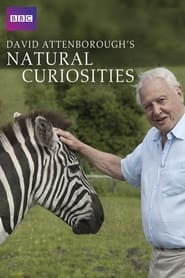
Jan 2013 - Jun 2017
7.6

| E1 | E2 | E3 | E4 | E5 | E6 | E7 | E8 | E9 | E10 | |
|---|---|---|---|---|---|---|---|---|---|---|
| S1 | ||||||||||
| S2 | ||||||||||
| S3 | ||||||||||
| S4 |
Browse episode ratings trends for David Attenborough's Natural Curiosities. Simply click on the interactive rating graph to explore the best and worst of David Attenborough's Natural Curiosities's 27 episodes.
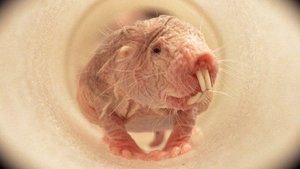
S1 Ep3
7.9
12th Feb 2013
David encounters two examples where Nature has tinkered with the aging process to alarmingly different effect – the first grows old while trapped in a young body while the second looks old from birth but might hold the key to a long life.
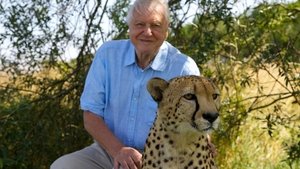
S3 Ep1
7.9
2nd Feb 2015
Fleas are supposed to be able to jump the equivalent of a human leaping over St. Paul’s Cathedral and cheetahs purportedly can clock speeds of 70 miles per hour. But are these claims really true? The discovery of the world's most elastic natural protein in insects and the development of a hi-tech tracking collar have helped reveal the truth. So can these creatures really achieve what should be physically impossible?
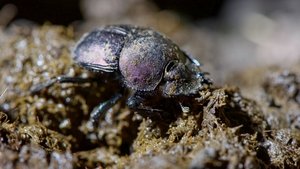
S4 Ep2
7.9
11th Jun 2017
Some animals have an extraordinary ability to find their way. The dung beetle, an insect revered by ancient Egyptians, uses the sun, the moon and even the Milky Way to move its prized ball of dung in the right direction. Pigeons are often considered feeble birdbrains, but they have incredible memories that can recall several complex travel routes with amazing accuracy and they even use manmade roads and hedgerows to find the quickest way home.
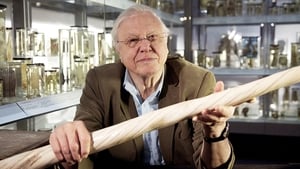
S1 Ep4
7.9
19th Feb 2013
The single spiral tusk of the narwhal inspiration for tales of unicorns and the myriad variations on the twist of the snail shell have delighted and fascinated naturalists and artists since the dawn of civilization.
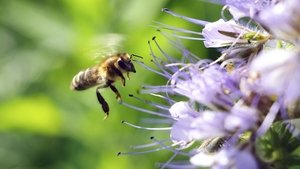
S2 Ep6
7.8
4th Mar 2014
Plants and animals have some curious super senses that enable them to see, hear and feel things that are quite invisible to us.
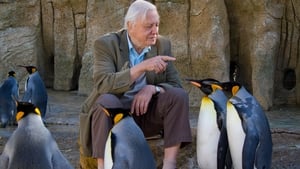
S2 Ep7
7.8
11th Mar 2014
In this episode we explore the remarkable adaptations of two creatures that have evolved to survive the most challenging of conditions and seem to defy the laws of nature.
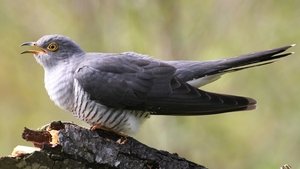
S2 Ep4
7.8
25th Feb 2014
Here we discover that some animals are able to trick others into believing they are something that they are not. The art of deception is a powerful attribute for some.
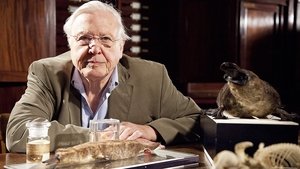
S1 Ep2
7.8
5th Feb 2013
David discovers the curiosities that have led to accusations of forgery but have ultimately helped us rethink evolution. When early explorers brought the first specimen of a duck-billed platypus back to England in 1799, it was thought so bizarre it was deemed a hoax, while the midwife toad became the centre of a raging scientific storm in the 1920s that led to accusations of fakery.
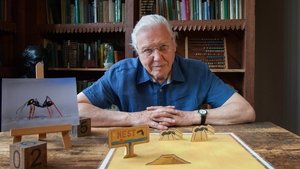
S4 Ep4
7.1
18th Jun 2017
Can animals count? This is a question that has intrigued and fooled investigators for a long time. Just over a hundred years ago, a German horse called Hans was declared a mathematical genius but all was not as it seemed. And strangely, some bamboos around the world flower exactly at the same no matter where they are – are they counting down the years?
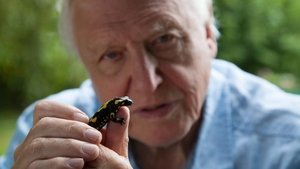
S3 Ep6
7.2
9th Mar 2015
Salamanders can regenerate entire legs and tails to replace ones they have lost, while deer shed their massive antlers and re-grow them from a few remaining cells each year. How do these creatures regenerate entire body parts and why is it not possible for all animals to do the same?

S4 Ep5
7.2
25th Jun 2017
David Attenborough investigates two shells that have proved to be winners in evolution: the bird’s shell and the hard shell of the tortoise. The ostrich egg is so strong it’s possible for a person to stand on it without it breaking – how does the chick break out of this fortress? The evolution of the tortoise shell was for a long time a mystery and this bony box offers a lot more than just protection.
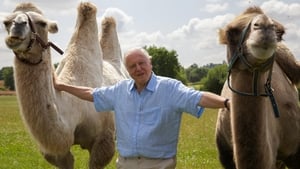
S3 Ep3
7.2
16th Feb 2015
The bodies of some animals stretch and shrink in extraordinary ways. The anaconda can swallow prey twice its own body size - and then wait for over a year until their next meal. The camel’s curious hump can almost double in weight giving it the energy to travel huge distances across deserts. What is the secret behind these expandable bodies?
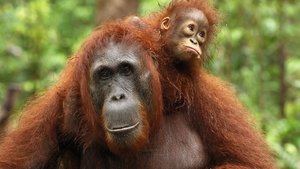
S3 Ep2
7.3
9th Feb 2015
Orangutans can use tools but such skills remained undiscovered for centuries. They were considered as just clever mimics until discovery in remote Sumatran swamps revealed their true potential. Clever crows also make surprisingly sophisticated tools. How have the curious minds of these two animals helped them become so inventive?
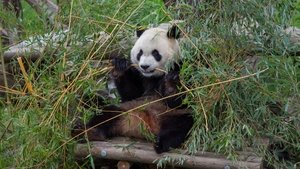
S4 Ep3
7.4
18th Jun 2017
The giant panda gives birth to the smallest baby of any mammal and has to care for and protect it for many months. The kiwi lays one of the largest eggs in the bird world, which produces a very well developed chick. Why don’t pandas give birth to more developed, robust young and why do kiwis produce a single egg that is a quarter of its body mass and almost too big to lay?
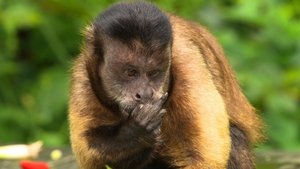
S3 Ep5
7.4
2nd Mar 2015
Humans are not alone in using medicines against injuries and infection. Some animals protect themselves with natural remedies in the most extraordinary ways. Hippos produce a blood-red “sweat” that acts as a sunblock and helps fight infections, while capuchin monkeys rub themselves with insect-repellent leaves to protect against insect bites.

S4 Ep6
7.5
25th Jun 2017
The Siamese Fighting Fish is so aggressive it will fight its own reflection until it is exhausted. Recent research shows that the fighting behaviour varies and depends on the personality of the fish! Male kangaroos were once pitted against humans in the boxing ring – the most impressive male kangaroos are solid blocks of muscle with a kick that can kill. Why do they fight and what skills must a winner have?
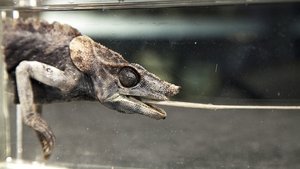
S1 Ep1
7.7
29th Jan 2013
Some animals appear to have taken Nature’s gifts and stretched them to extreme limits. With these two natural curiosities one creature, the giraffe, has ended up with a super-stretched neck, the other, the chameleon, a super stretchy tongue. In both cases nature has found a way to turn the ordinary into the extraordinary.

S1 Ep2
7.8
5th Feb 2013
David discovers the curiosities that have led to accusations of forgery but have ultimately helped us rethink evolution. When early explorers brought the first specimen of a duck-billed platypus back to England in 1799, it was thought so bizarre it was deemed a hoax, while the midwife toad became the centre of a raging scientific storm in the 1920s that led to accusations of fakery.

S1 Ep3
7.9
12th Feb 2013
David encounters two examples where Nature has tinkered with the aging process to alarmingly different effect – the first grows old while trapped in a young body while the second looks old from birth but might hold the key to a long life.

S1 Ep4
7.9
19th Feb 2013
The single spiral tusk of the narwhal inspiration for tales of unicorns and the myriad variations on the twist of the snail shell have delighted and fascinated naturalists and artists since the dawn of civilization.
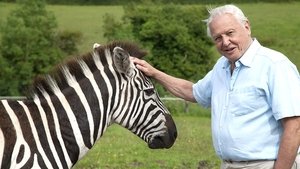
S1 Ep5
7.7
26th Feb 2013
Zebra stripes vary subtly between the different species but there is one group of animals that has evolved colourful patterns of seemingly infinite variety, the butterflies. In this episode David looks at two examples of animal patterns that have bedazzled and baffled science for a long time, and uses modern tools to unlock their secrets.
Loading...
The first episode of David Attenborough's Natural Curiosities aired on January 29, 2013.
The last episode of David Attenborough's Natural Curiosities aired on June 25, 2017.
There are 27 episodes of David Attenborough's Natural Curiosities.
There are 4 seasons of David Attenborough's Natural Curiosities.
No.
David Attenborough's Natural Curiosities has ended.